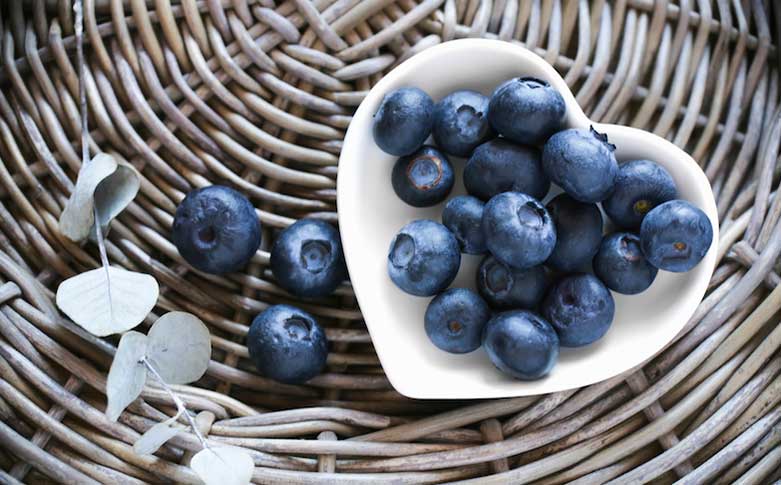Natural and organic products have some differences, but what are they? In this article, we’ll discuss ingredients, regulations, GMO-free status, and more. We’ll also talk about the differences in pricing. Read on to find out how to make an informed decision about which products are best for your needs. Also, be sure to check the labels! How can you tell if a product is truly organic?
- Ingredients
If you’re wondering if you should be buying natural or organic hair products, you’re not alone. While many consumers are turning to natural products in the hopes of finding healthier skin, the truth is that you may not be getting the best possible treatment. It’s important to learn about the ingredients that go into the products you’re buying. Natural ingredients, unlike those from organic farms, aren’t regulated by the FDA. To be certain that a product is safe for your hair, you should look at its ingredient list carefully.
Natural products are the most environmentally friendly, but they may also contain some chemicals. The natural symbol on the packaging is often government-regulated, whereas the natural label is not. You can find products without the organic label that are just as safe, so long as you read the labels carefully. It’s also a good idea to research the products’ history to find out more about their ingredients. Natural and organic products should be safe to use, but you should be aware of the risks.
As the scalp is a porous organ, everything that comes into contact with it gets absorbed into the body. The same goes for cosmetics. The reason using natural products is better for your skin is that they won’t expose you to harmful ingredients. The skin is porous, and anything that comes into contact with it is absorbed into the bloodstream and lymphatic system. Organic hair products are free of these dangers, and they can provide numerous health benefits.
The difference between natural and organic hair care products is the percentage of organic matter. Natural products can contain more than 70% of organic matter, but they can’t bear the organic seal. Moreover, they may list organic ingredients on the ingredients list. Aside from this, products that are certified organic must contain 95% of organic matter. Although natural and organic products may seem healthier, there is still no scientific proof to support this claim.
- Regulation
Currently, the FDA has not regulated natural and organic products. However, it is working to change that. The FDA has issued a notice to public commenters seeking their input on how to define natural in food labels. This is important because it will help consumers find out which products actually are “natural” or organic and which don’t. The next step is to implement a system that allows manufacturers to comply with current regulations.
In the United States, consumers can choose to purchase organic or natural products that are certified by the USDA. These products are grown and processed without the use of chemicals or pesticides. They may also be processed without the use of genetic engineering or irradiation. Organic foods may also contain a USDA seal or the seal of an organic certifying agent. But consumers should still be wary of “natural” products that are advertised by companies as being “organic.”
As the FDA considers more regulation of natural and organic products, the best defense is education. Consumers should always know the ingredients in their products and how they are produced. In fact, FDA regulations for natural and organic food will only be effective when 95% of the crops and animals are certified organic. It’s also important to note that the term “all-natural” does not mean that the product is 100% organic. The FDA will also only regulate natural and organic food that meets certain standards, including “farm-to-table” products.
Organic regulation also promotes diversity in genetics and longevity and emphasizes the development of appropriate reproductive materials. While organic materials are preferred, they can be converted to organic ones if they are not available. Non-organic seeds and young animals can still be used during certain limited periods of time. However, there are limitations, and these must be addressed. This is important for the health of consumers. But if you want to have a green, sustainable future, it is vital to adopt organic regulations.
- Cost
In general, the cost of natural and organic products is higher than the prices of conventionally grown foods. Some organic produce can cost up to 20% more than conventionally grown fruits and vegetables, but this difference may be less in areas with more organic farms. For example, a one-pound package of organic blueberries sells for 69% more than conventional blueberries. In addition, the price of organic pumpkins for pie baking is 51% higher than conventional pumpkins.
Another factor that drives price premiums for organic products and produces is the type of farming and processing involved. Organic items are usually not as cheap as conventional foods because they are grown by fewer growers and producers. These small, local producers are able to charge higher prices for their products. This may be the case for certain products, but overall, natural and organic foods are generally more expensive than conventional products. The price difference between organic and conventional apples can be significant.
As with any product, the price premium for natural and organic products is likely to drop if more people turn to organic foods. Some people opt for organic products due to concerns about animal welfare. They search for organic or Certified Humane products. Another factor that may drive down prices is a recession. While the price premium for organics is expected to decrease during a recession, the last recession saw a quick rebound. This trend has already begun to reappear.
- GMO-free
A growing number of leading product manufacturers and retailers support the non-GMO movement. While the FDA has not set standards for non-GMO labeling, the Non-GMO Project does. This label verifies that a product does not contain genetically modified organisms. However, some manufacturers have been caught making unfounded claims about non-GMO products. That’s why it is important to read labels carefully and choose non-GMO products carefully.
The term “GMO-free” is a misleading one. Products containing GMOs are often labeled “made from organic ingredients.” This label, however, does not mean that the product is 100% organic. It also means that the product was cultivated with pesticides. Organic products are more expensive than non-GMO variants. In general, products labeled “made from organic ingredients” have lower prices than their non-GMO counterparts.
Genetically modified organisms (GMOs) are plants and animals that have been altered to have the desirable trait. This could include herbicide resistance, a larger size, or resistance to unwanted weather conditions. Organic products may contain GMO-free ingredients such as ash from burning manure, sodium fluoaluminate, and calcium chloride. These substances are also common in synthetic fertilizers and pesticides.
Additionally, many people believe that altering DNA can increase the risk of cancer. Organic farms use less toxic and naturally-derived pesticides, but these too have potential health risks. As such, consumers should be careful when choosing GMO-free natural and organic products. But it’s not enough to choose organic over non-organic. Instead, choose to buy products from GMO-free and organic products.
- Health benefits
As stated in https://loyalorganic.com, although studies have been done on the value of natural and organic products, there is no consensus on the overall health benefits of these types of products. Those conducted before the USDA’s national standard are likely invalid because there were no reliable controls over organic production methods. There is one thing that’s certain about organic products: freshness and great quality. Organic products also have higher levels of vitamin C and some minerals. These compounds are believed to protect against aging and skin disease.
Studies of organic products have consistently reported higher levels of certain vitamins, minerals, and other micronutrients. This is consistent with an increasing body of evidence that farming practices have a direct impact on a product’s nutritional value. An organic onion, for instance, had higher antioxidant and flavonoid activity than its conventional counterparts.
Studies of non-organic and natural food show that they contain antibiotics, growth hormones, and vaccines. Antibiotics, growth hormones, and animal byproducts can weaken your hair immune system. Overdose of these compounds can make you vulnerable to disease. Organic products, on the other hand, have no such side effects.




